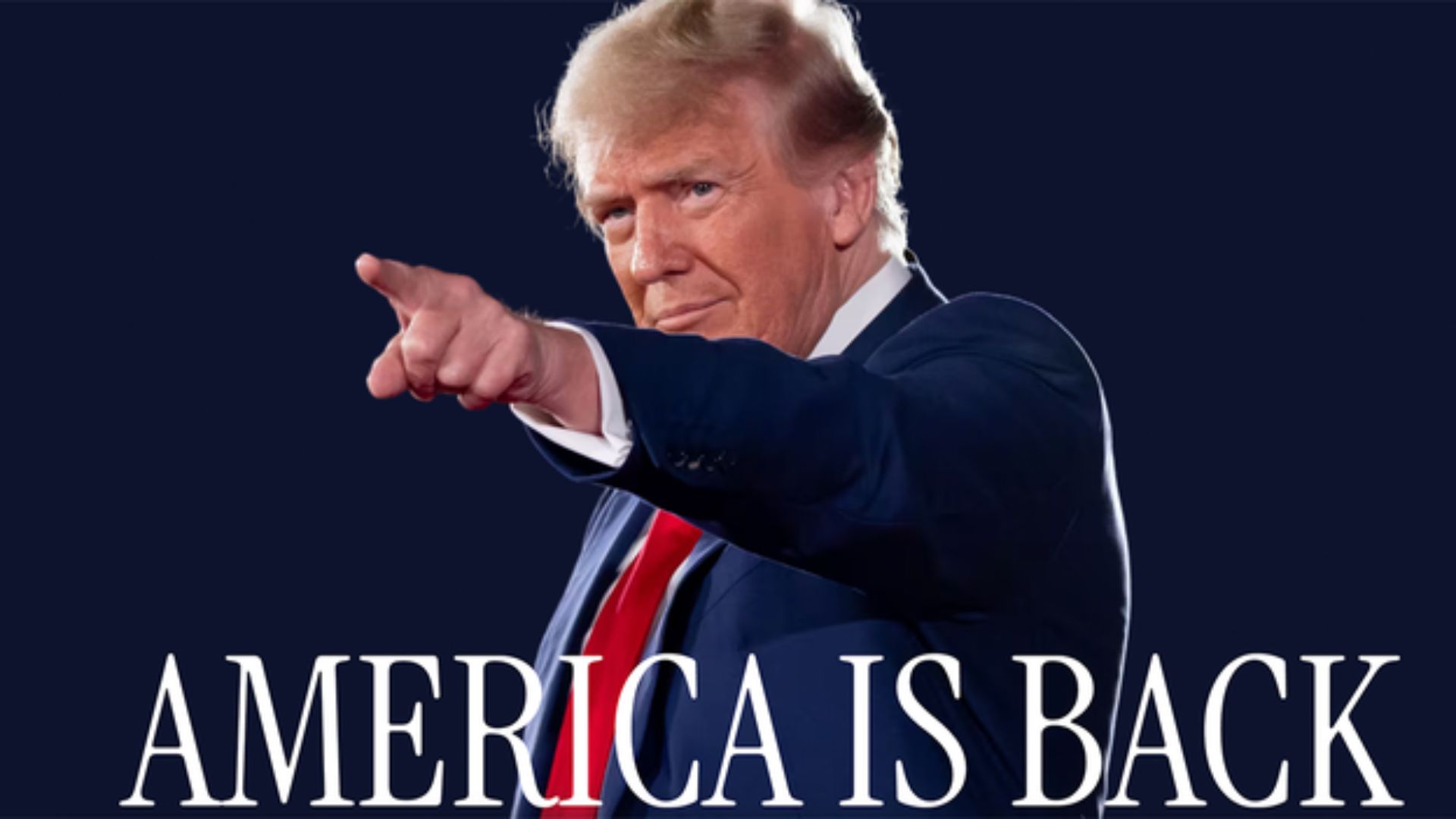
President Donald Trump ended the 43-day government shutdown Wednesday night after the House approved a GOP-backed continuing resolution, sending the bill to the White House for signature and bringing the longest shutdown in U.S. history to a close.
SIGNED & DELIVERED: President Trump signs bill reopening the government. 🇺🇸
For 43 days, Democrats shut down the government, trying to extort billions from taxpayers for illegal aliens. Today’s message: Republicans won’t give in. pic.twitter.com/qesstMpMkR
— The White House (@WhiteHouse) November 13, 2025
The House passed the legislation in a 222-209 vote.
The breakdown showed 216 Republicans voting in favor and 207 Democrats voting against the measure.
Two Republicans opposed the bill, while six Democrats voted in support.
🚨 JUST IN: Democrats began SCREECHING at each other on the House floor when members of their own party defected and voted to REOPEN
“NO!!!! NOOOOO!!!!!!!”
*unintelligible screaming*
Democrats are in full meltdown mode 🤣🔥 pic.twitter.com/6wlCkAT31E
— Nick Sortor (@nicksortor) November 13, 2025
This Could Be the Most Important Video Gun Owners Watch All Year
The Senate had cleared the measure earlier in the day.
Speaking from the Oval Office shortly after signing the resolution, Trump said, “People were hurt so badly. Nobody’s ever seen anything like this one. This was a no-brainer. This was an easy extension. But they didn’t want to do it the easy way. They had to do it the hard way.”
He added, “They look very bad, the Democrats do.”
Trump urged voters nationwide to recall the shutdown when casting ballots in the 2026 midterm elections.
“I just want to tell the American people: You should not forget this,” he said.
“When we come up to midterms and other things, don’t forget what they’ve done to our country.”
WATCH IN FULL: President Donald J. Trump signs legislation officially bringing the Democrat Shutdown to an end. pic.twitter.com/QQ0Spzu2ns
— Rapid Response 47 (@RapidResponse47) November 13, 2025
The shutdown began after Democrats blocked a clean continuing resolution in the Senate ahead of the September 30 government funding deadline.
That move initiated a standoff that extended more than six weeks, affecting federal agencies and workers across the country.
Democratic leaders maintained that their primary objective was to negotiate on Affordable Care Act subsidies scheduled to expire at the end of the year.
They sought to secure commitments from Republicans to revisit the issue during the funding process.
The final agreement did not alter current health policy, nor did it include changes to subsidy timelines or extensions beyond what was already expected.
Instead, Democrats obtained one narrow provision: reversing reduction-in-force notices issued during the shutdown and preventing additional RIFs through January 30, when the new funding law expires.
According to available federal workforce data, the protection applies to roughly 4,200 positions out of an estimated 150,000 federal layoffs that have occurred during Trump’s second term.
In the Senate, the turning point came when eight Democrats crossed party lines to vote for the resolution.
Their decision prompted frustration within the Democratic caucus, with critics characterizing the outcome as a “pathetic” political deal that failed to meet the party’s stated goals after more than a month of halted government operations.
The vote by Senate Democrats came without any commitments from Republicans to negotiate changes to the Affordable Care Act or broader health-care policy.
The only agreement secured was a promise from Senate Majority Leader John Thune (R-S.D.) to hold a vote on extending the subsidies.
That same offer had been available since the first day of the shutdown, according to lawmakers involved in the discussions.
RIP DEMOCRAT SHUTDOWN.
Oct 1, 2025 – Nov 12, 2025 pic.twitter.com/rTb6PiYmqI
— The White House (@WhiteHouse) November 13, 2025
With the government now funded through January 30, Congress faces another deadline early next year.
Both chambers will need to determine whether to approve another short-term extension, pursue a full-year funding package, or engage in negotiations over policy provisions that were left unresolved during this latest standoff.

![Trump Ends Shutdown After Dems Cave, Get Nothing, White House Trolls Them Hard [WATCH]](https://www.right2024.com/wp-content/uploads/2025/11/Trump-Ends-Shutdown-After-Dems-Cave-Get-Nothing-White-House-750x375.jpg)


![Boomers Show Up In Force for the 'No Kings' Anti-Trump Protests [WATCH]](https://www.right2024.com/wp-content/uploads/2025/10/Boomers-Show-Up-In-Force-for-the-No-Kings-Anti-Trump-350x250.jpg)




![John Bolton Faces New Heat Over Classified Docs He Criticized Trump For Holding [WATCH]](https://www.right2024.com/wp-content/uploads/2025/09/John-Bolton-Faces-New-Heat-Over-Classified-Docs-He-Criticized-350x250.jpg)






